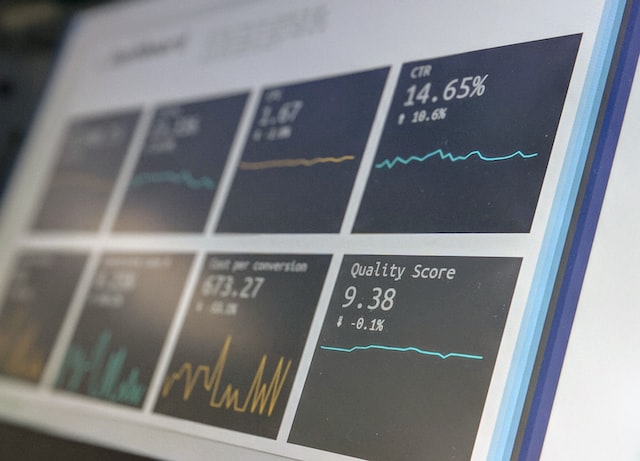Do you have a new innovation that will address an untouched niche or solve a unique problem? Does your company have an idea that you’re hesitant to put money behind until the product hypothesis has been proven?
If so, you need an MVP: a limited-functionality offering that your customers are willing to spend money on and which will allow you to test the waters. While it can be tempting to wait until your product is “perfect” to put it onto the market, unveiling a rough product can be a great way to ensure you have a potential audience before going all in.
In this article, we’ll cover the basics of the MVP (and it doesn’t stand for most valuable player). We’ll talk about what an MVP can offer you – as well as what it can save you.
What is an MVP?
MVP stands for minimum viable product, a term coined by Eric Ries as part of his Learn Startup methodology. It’s the version of a new product that has just enough features to attract early-adopter customers and validate a product idea.
It’s crucial to build an MVP early in the product cycle so that you can test your idea was real users before committing a large budget to full development, learn what resonates with your target audience, and speed up your time to market. By doing these things, you can save time and resources by weeding out products that won’t succeed before going all in.
On the flip side of the coin, you can discover that you’ve hit a gold mine – then it’s time to commit to building out the product and its features. You can do that confidently with the data you’ve collected from early users of the MVP.

Why Does the ‘M’ Matter?
The ‘M’ in MVP stands for “minimum,” and it’s a crucial part of the acronym. When you’re releasing a minimum viable product, you can only develop a small amount of functionality. That’s because speed, modification, and resource savings are of the essence.
Reason 1: Fast Time to Market
As any entrepreneur or startup owner knows, a quick time to market is essential for success. In today’s competitive world, you need to ensure that your product reaches customers and begins building traction swiftly in order to beat out the other guys. By developing only limited functionality, your MVP will have a faster turneround time.
Reason 2: Test Your Product
Part of the appeal of launching an MVP is that it gives you the opportunity to test your product, learn about your market, and get feedback. You’ll want to develop functionality that you’ll be able to iterate on quickly once you receive that feedback. Your early-adoption users will have ideas and insights that allow you to make your product better.
That’s where the ‘M’ in “minimum” comes in: If you try to launch too many features at once, you won’t be able to iterate and improve your product quickly enough. Focusing on one area at a time can help you streamline the process and release a fully functional model faster.
Reason 3: Save Money
You don’t want to invest too much capital into a project that’s not going to take off. By getting an MVP out there quickly and testing out some limited functionality, you can get a better sense of whether or not your project is going to take hold.
If you sink money into a fully functional product that doesn’t catch on, you’ve wasted resources. Launching an MVP first can help you save money by allocating it only to projects that are market-proven.

Partner With NYC’s #1 Low-Code Developer to Get Your MVP to Market Fast
Think Design is Manhattan’s premier no-code developer, and we have worked with many companies across sizes and industries to launch MVPs. Our solutions, including no-code and low-code development, can help you get your product up and running with strategies that are faster, easier, and cheaper than traditional methods.
When you’re looking to make a mark with your MVP, reach out to us. Make sure that your MVP is hitting the mark, and let us help you understand and incorporate learnings from early-adoption users. We can do better work together.


